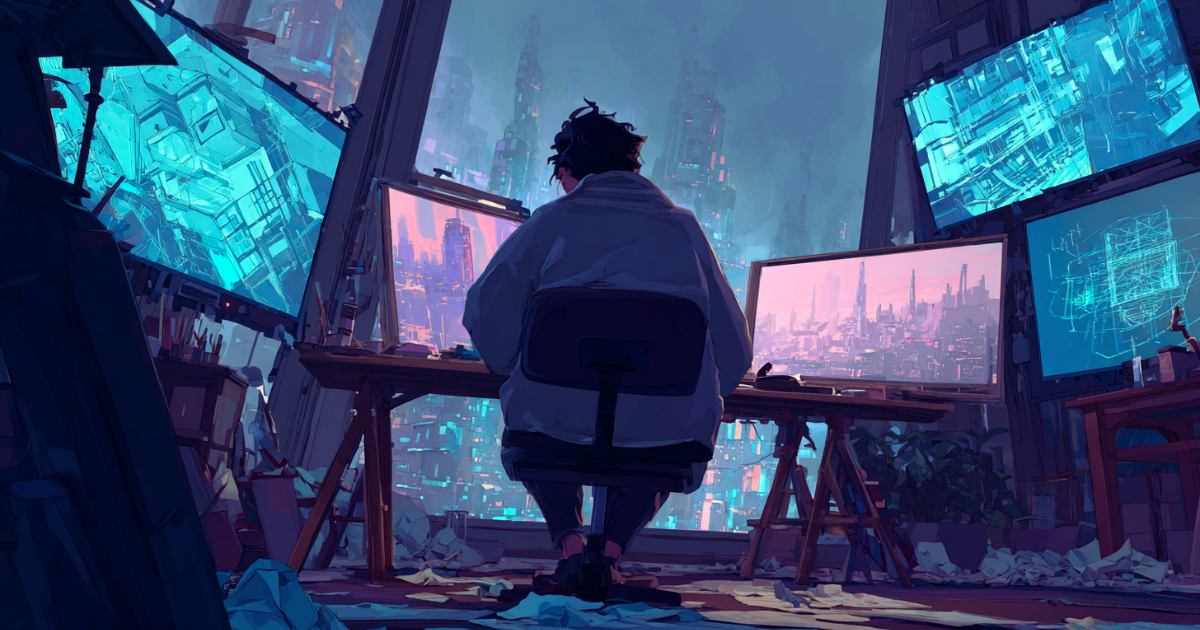
After the fireworks of invention, the quiet work begins—the part where we stop dreaming and start optimizing the future.
The early days of Web3 felt like the first draft of something extraordinary—a wild rush of new currencies, decentralized promises, and pixelated visions of the future. It was messy. It was thrilling. And for a while, that was enough.
New protocols launched by the week. Bold experiments flared up across blockchains like constellations no one could quite map yet. Everyone was in on the act, scribbling madly in the margins of a new kind of ledger.
But as with every draft, the time comes to sharpen the pencil. To reread the scrawl, trim what doesn’t work, tighten the story, and polish the parts that deserve to last.
That’s where we are now—not abandoning the dream, but refining it.
Optimizing the future is no longer a vague slogan but the real work of turning all that wild potential into something reliable, something people beyond the early adopters can trust, navigate, and build upon themselves.
This is the chapter where Web3 stops feeling like a frontier town and starts acting like a living city.

What does optimizing the future look like in practice? It’s not as flashy as the launch day fireworks.
It looks more like teams diving into codebases that haven’t been touched in months, revisiting choices that seemed clever at the time but now creak under growing traffic. It’s UX designers arguing over button placement for the tenth time—not because they’re indecisive, but because they know details build trust. It’s developers reworking infrastructure to not just work, but scale.
We’ve seen it before, in every era of technology. The first version of anything tends to favor builders over users, complexity over clarity, ambition over practicality.
That’s fine for a while. Early adopters will tolerate sharp corners and awkward menus in exchange for being first through the door.
But if Web3 wants to be more than just a playground for the curious and the technical, it needs to turn that first draft into something people want to live with—not just visit.
That means optimizing the future isn’t optional. It’s the job now.

There’s a certain romance to the first sketch—the raw edges, the possibility. But the second draft? That’s where the real creativity shows up. Not in dreaming something new, but in making sure that dream stands on its own.
This is where decentralized applications stop being isolated outposts and start forming neighborhoods. It’s where interfaces stop confusing people and start inviting them. It’s where users don’t just use apps—they trust them, recommend them, bring friends along for the ride.
And that’s the quiet revolution happening now in the corners of Web3 you might not see on headlines. Optimizing the future means doing the unglamorous work: improving load times, simplifying onboarding, writing documentation no one will ever praise but everyone will need. It means thinking about users who haven’t arrived yet, not just the ones already here.
That’s the work that takes invention and turns it into legacy.

Optimizing the future isn’t a break from the spirit of invention—it’s the fulfillment of it. Anyone can launch a prototype.
The real builders are the ones who stay long after the applause fades and ask the harder questions: How do we make this beautiful and durable? How do we make this strange new city somewhere people actually want to stay?
In this next chapter, it’s not about shouting louder. It’s about refining the signal until it rings clear. The fireworks are over. The architecture begins.
And that’s where the future gets interesting.